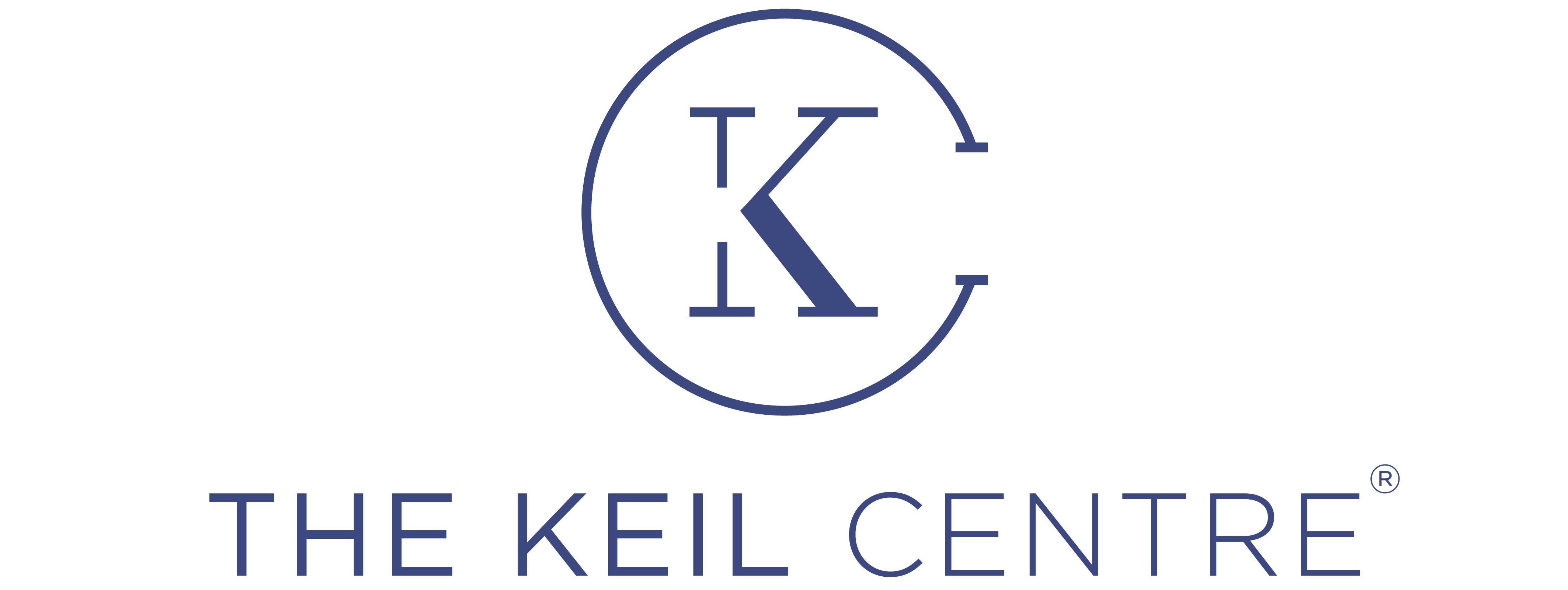Gap Analysis Training
Gap Analysis measures how frequently and effectively a core set of safety behaviours are demonstrated in an organisation. It is an interactive diagnostic and typically one of the first applications of a Health and Safety Behaviour Standard.
Who's it for?
Gap Analysis training is suitable for any organisation implementing a Health and Safety Behaviour Standard.
Our Gap Analysis is a robust workshop-based diagnostic that includes qualitative and quantitative assessments of performance.
The goal is to identify strengths and areas for improvement in the safety behaviours at all levels of the organisation. It directly links behaviours to safety outcomes and can be used to estimate Safety Culture Maturity®.
Benefits
- Practical in nature
- Identifies areas for improvement at all levels of a business
- Can be delivered by trained internal staff or by independent external consultants
- Measures changes over multiple timepoints
- Engages the whole workforce
Find out more
Our team are happy to provide more information. Please click on the relevant button below to contact us.

